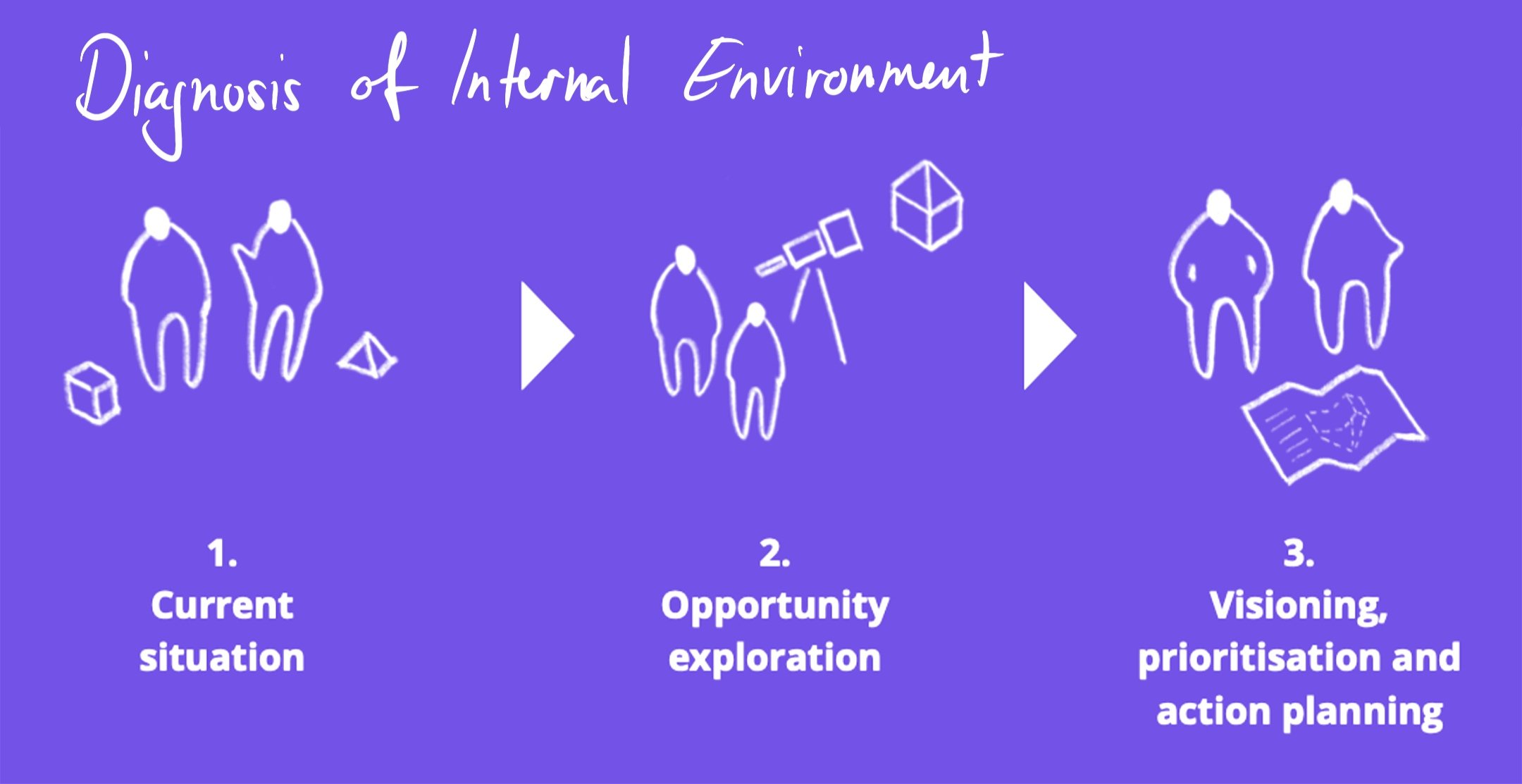Top 10 Global Art and Design School
“Help us engage with our workforce and stakeholders to co-create a change vision and journey to integrate and merge academic schools. Smooth the transition for staff from two schools to one, by bringing together 3 distinct teams with their own goals and objectives.”
Approach
Design a change process that involves staff and graduates from both schools
Co-create a vision of the future school through staff workshops
Gather graduate insights on prospective change through online survey and workshop
Define a shared vision and set of strategic priorities for a new School of Innovation and Technology
Generate collective ownership of the new vision and strategy
Align the senior management team: bring clarity on what the merger will enable and make recommendations on next steps for how the vision can be achieved
Vision and Strategy
The school recognised that without internal buy-in and alignment the merger of the schools would not be as successful as it could be. In an effort to ensure continued collaboration and awareness of changes in structure, roles and objectives the internal teams were actively engaged to arrive at a shared school vision and associated strategic objectives. The result was an aligned strategy the teams could work towards together, which clarified expectations and presented a shared mission all could get behind.
Stakeholder engagement (graduates and alumni)
As an academic institution the school has several external stakeholders, most importantly its students and almuni (the defacto customers). In order to make the strategy ‘customer centric’, research was conducted to surface their needs, pains, gains and jobs to be done. This revealed opportunities and barriers for the school’s strategy to address in order to maintain and grow their student body.
Recommendations
The recommendations in the end included several more aspects than was initially expected. Working with internal teams and their students (users, customers) opened up new doors that would greatly increase the service delivery (e.g. curriculum), relationships and revenue.
Creating strategy with only an internal or external perspective can lead to leaving opportunities on the table. Seeking input and collaboratively creating awareness and input to strategy in order to better an organisation can pay-off while also maintaining motivation and engagement with a workforce that is undergoing a potentially threatening shift.
Keywords: merger, change management, strategy, stakeholder management







